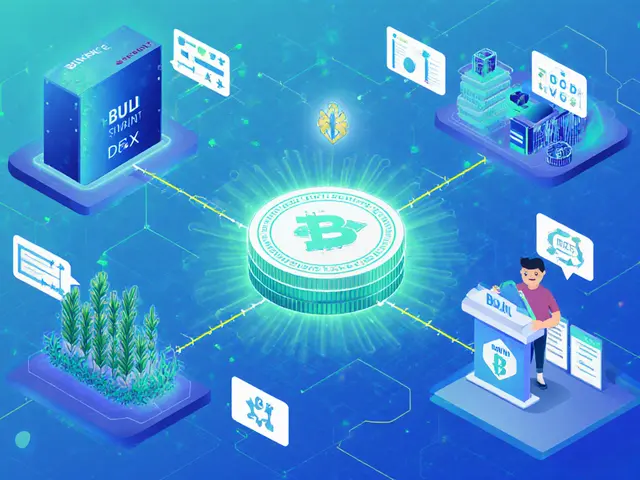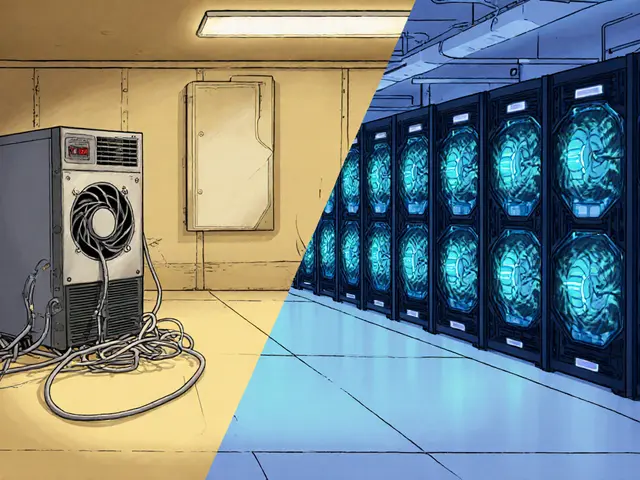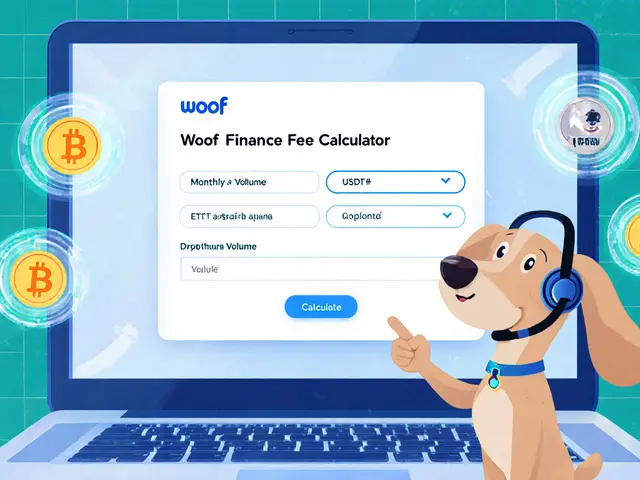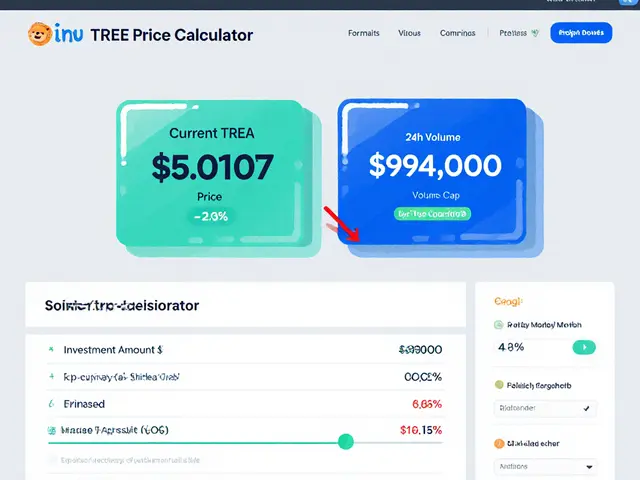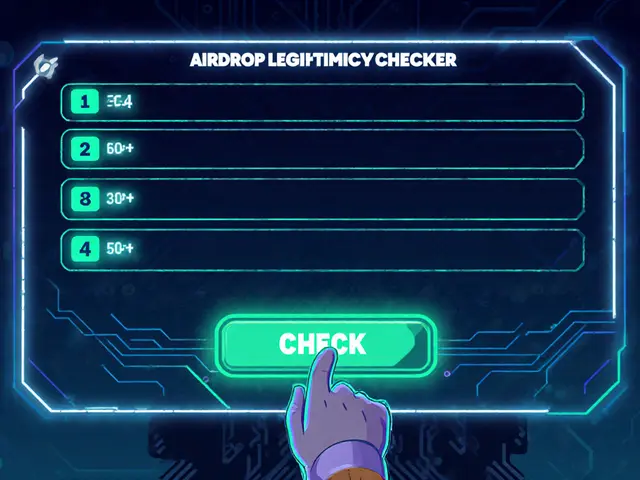Layer 2 Scaling
When talking about Layer 2 scaling, a set of techniques that shift transaction processing off the main blockchain while still using its security guarantees. Also known as L2 scaling, it lets networks handle more activity without changing the core protocol. Think of it as a fast lane that runs alongside a busy highway: the lane stays linked to the main road, but cars move quicker because they don't have to stop at every toll booth. This approach directly tackles the high fees and slow confirmations that many users experience on Ethereum, the platform that hosts most decentralized apps today.
Key Building Blocks of L2
Three main constructs make up the L2 ecosystem. First, Rollups, batch many transactions off‑chain and post a single proof or calldata to the base layer act like a courier that delivers a bundle of letters in one trip. Within rollups, Optimistic Rollups assume transactions are valid and only run a fraud check if someone challenges them, while ZK Rollups generate a cryptographic proof that guarantees correctness instantly. Second, Sidechains, independent blockchains that run in parallel to the main chain and regularly anchor their state offer more flexibility because they can use different consensus mechanisms, but they require their own validator set, which means a slightly different trust model. Third, State Channels, private, off‑chain ledgers between participants that settle only the final outcome on‑chain are perfect for repeated interactions like gaming or micropayments, cutting out the need to write every move to the public ledger.
These components share a simple semantic relationship: Layer 2 scaling encompasses rollups, sidechains and state channels; each requires a bridge to the base layer for security; and the improved throughput they deliver influences user adoption of decentralized finance. When a rollup posts a proof, the main chain confirms it, which in turn lets developers launch dApps that feel as fast as traditional web apps. Sidechains, by running their own consensus, can experiment with new fee models, and state channels let participants settle instantly without waiting for block times. The net effect is a cheaper, faster experience that keeps the original blockchain’s safety net intact.
Below, you’ll find a hand‑picked collection of articles that touch on the broader crypto landscape—airdrop mechanics, exchange reviews, regulation updates, and blockchain‑energy use—but each one also hints at how scaling solutions shape the conversation. Whether you’re hunting for a low‑fee swap on a layer‑2 DEX, checking how a rollup’s gas price compares to Ethereum’s mainnet, or trying to understand the security trade‑offs of a sidechain, this hub gives you the context you need to make informed choices. Dive in, and you’ll see how Layer 2 scaling is not just a buzzword but a practical toolkit that’s already reshaping how we trade, invest, and build on crypto networks.
Learn what Loopring (LRC) is, how its zkRollup Layer2 tech works, token economics, real‑world use cases, risks, and how to start trading.


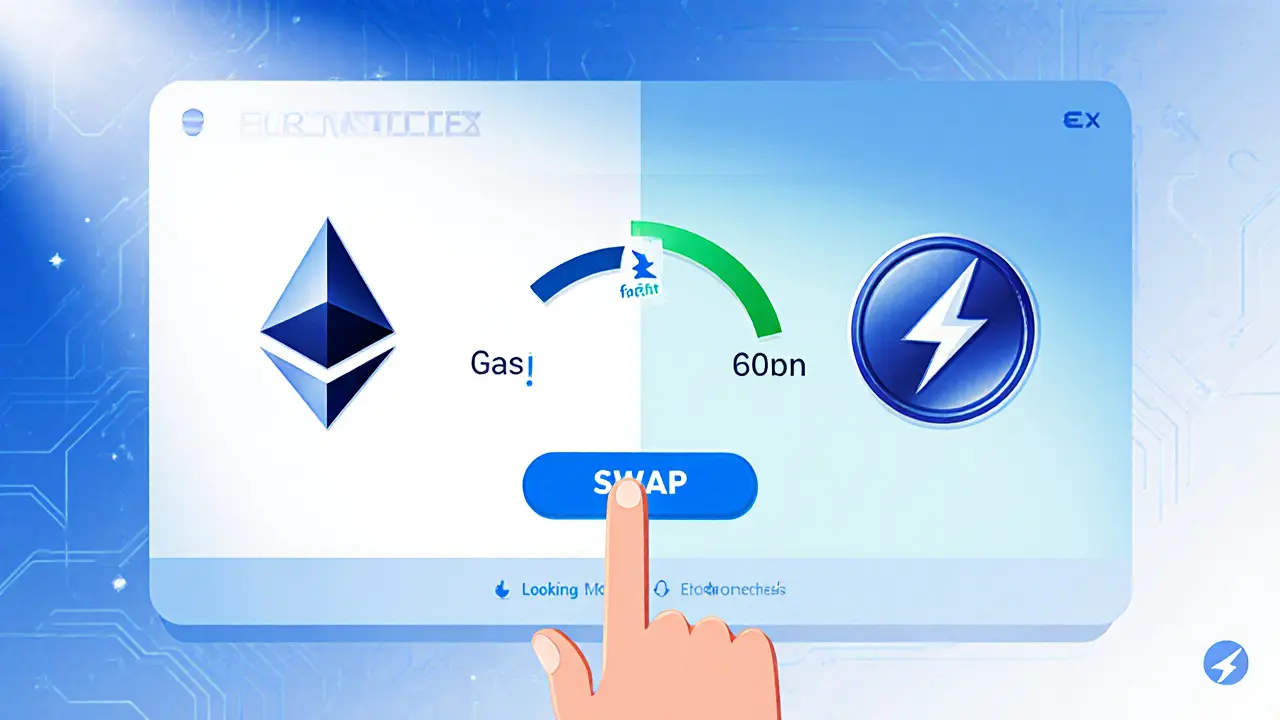
 Finance
Finance
